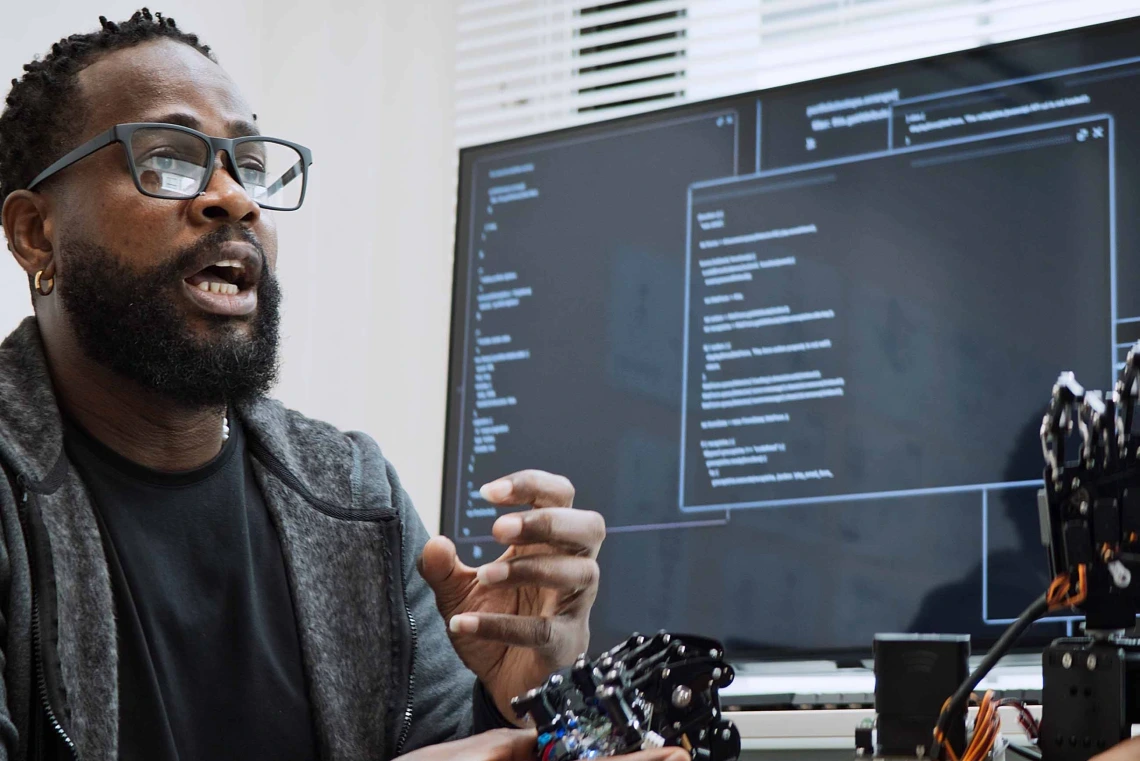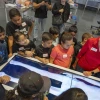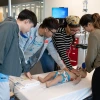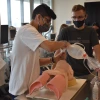Ready or not, AI is in your classroom

Kindamorphic via Getty Images
Faculty are experimenting with ways to include artificial intelligence in their curriculum and allowing students to use AI platforms in their work.
Artificial intelligence does have, and has had for a long time, a place in the classroom. Consider the use of applications like TurnItIn, which professors have used to detect plagiarism in coursework for a number of years.
While TurnItIn has been widely used, a recent study by the University of Arizona’s Hui Wang found that out of the top 100 universities in the U.S., more than a third had unclear policies on the use of artificial intelligence.
The Wall Street Journal reported that OpenAI has actually developed a way to detect plagiarism but hasn’t released it yet despite concerns that some students might use AI to cheat. The University Center for Assessment, Teaching & Technology is currently piloting ChatGPT as an integration platform for classroom activities.
Those applications can make reviewing essays and papers easier by eliminating the need for each classroom leader to check for copied work. But beyond that, Health Sciences educators are putting AI to good use for today’s students.
...
ASTEC built around the idea of AI
Of course, the Arizona Simulation Technology & Education Center literally has education as part of its name and mission. Launched as part of the College of Medicine – Tucson in 2004, the center has gradually expanded in size and scope while also moving in 2016 under the U of A Health Sciences umbrella to carry out the mission of interprofessional education. ASTEC moved into its 35,000-square-foot space in the Health Sciences Innovation Building in 2019.

Allan Hamilton, MD
Photo by Kris Hanning, U of A Health Sciences Office of Communications
Students and researchers from across the Health Sciences and the university are able to learn and conduct research in the space. Allan Hamilton, MD, the executive director of ASTEC, said AI can be used to teach medical students how to be more empathetic when dealing with patients. In fact, he’s working on a “third stage” of AI that can tell how people are interacting with each other.
“Our medical students are very hungry for AI,” Hamilton said. “They want to engage it. They’re using it. They know how to use it. The faculty, on the other hand, want to be able to instruct them using it, but they’re not as facile with it.”
But using artificial intelligence to look for plagiarism has become an accepted part of modern education, he pointed out.
“I will tell you what: I would think right now it’d be stupid to assign somebody a 3,000-word essay on the Krebs cycle because they’ll get that essay done in 20 seconds using AI,” Hamilton said. “So, you, as an educator, can make up your mind that everybody’s going to go back to blue composition books and write out answers longhand, which seems a little silly. Or you can say, ‘I’m going to judge the level of understanding by the quality of the discussion that I have with you.’ I can ask AI to listen and say, ‘Tell me if you think that was good retention’ as a way to utilize the technology to determine whether the lesson was successful.”
Edwards said, “When it comes to AI utilization in the classroom, I think letting the creative minds flow is the way to go. I think there are some innovative things that people could be doing with AI in terms of teaching students how to use AI or how to design assessments. If you put too stifling of restrictions on the use of AI in the classroom, you could end up in a situation where you could potentially prevent some pretty cool things that I think are very future-facing, very, very forward-thinking.”
While stifling innovation is the last thing on anyone’s mind, there is no going back. As Hamilton said, the genie’s out of the bottle when it comes to AI.
Click here for the full story.




